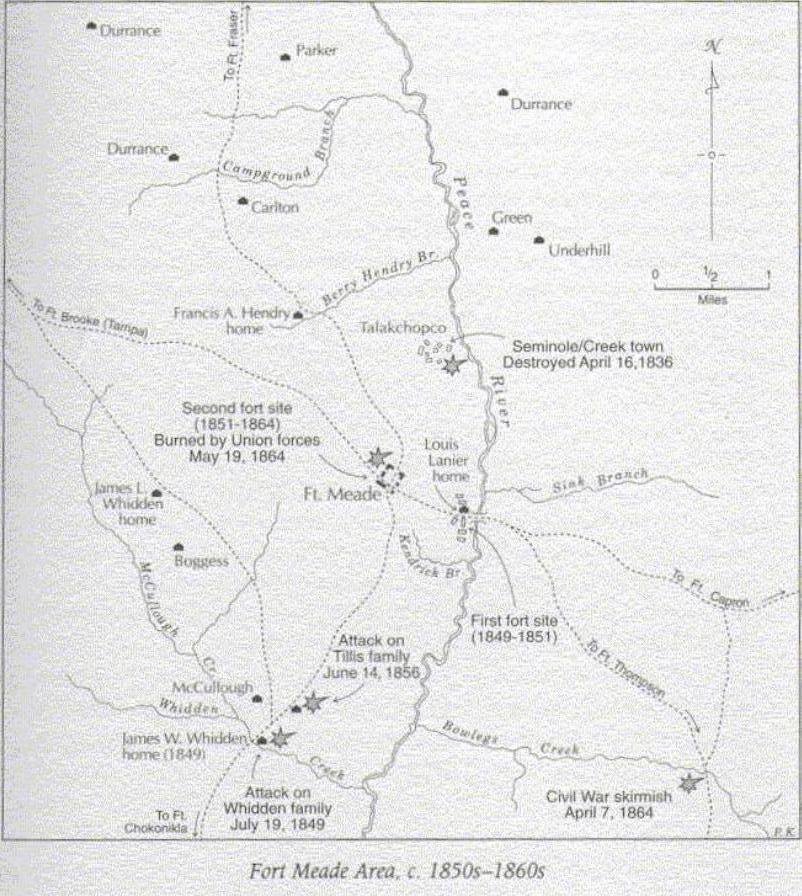History of Hendry County
Hendry County, Florida, was established on May 11, 1923, from parts of Lee County. It was named in honor of Francis A. Hendry, a pioneering settler and an influential figure in the area's early development. Hendry was a key individual in the cattle ranching industry and politics of Florida during and after the Civil War.
Early Settlement and Development
The county's early history is marked by its geographic challenges and the pioneering spirit of its settlers. Initially, the region was relatively inaccessible due to the vast expanse of the Florida Everglades covering over half of the county's current boundaries. Seasonal flooding made large portions of the area submerged in water, limiting early economic activities mainly to cattle grazing.
Settlement in the area that would become Hendry County began to take shape around military posts established during the Seminole Wars in the early 19th century. Fort Denaud and Fort Thompson were among the first permanent settlements. By 1881, efforts to drain the land for development began, leading to the establishment of the county's first post office at Fort Thompson in 1884.

Formation of Hendry County
The town of LaBelle, platted by Francis A. Hendry and which became the county seat, started to develop around 1889 or 1890. The early 20th century saw the beginnings of the fishing industry along Lake Okeechobee in what would become Clewiston, another significant town within the county. Clewiston was not permanently settled until around 1920, shortly before the county's official formation.
The creation of Hendry County was driven by local residents' desire for a governmental structure more closely connected to their geographic area, as the eastern settlements of Lee County felt distant from the county seat of Fort Myers. The county was officially formed just days after the establishment of neighboring Collier County, highlighting a period of significant administrative restructuring in South Florida.

Development and Growth
Following its establishment, the county focused on infrastructure and development, with a significant bond issue passed in 1924 for road improvements and the construction of a courthouse. Despite facing challenges such as the impact of hurricanes in the 1920s, Hendry County has continued to grow and develop, maintaining a strong agricultural base while also embracing its historical heritage and natural resources.
For more detailed information, visit Hendry County on Wikipedia and eReferenceDesk.
